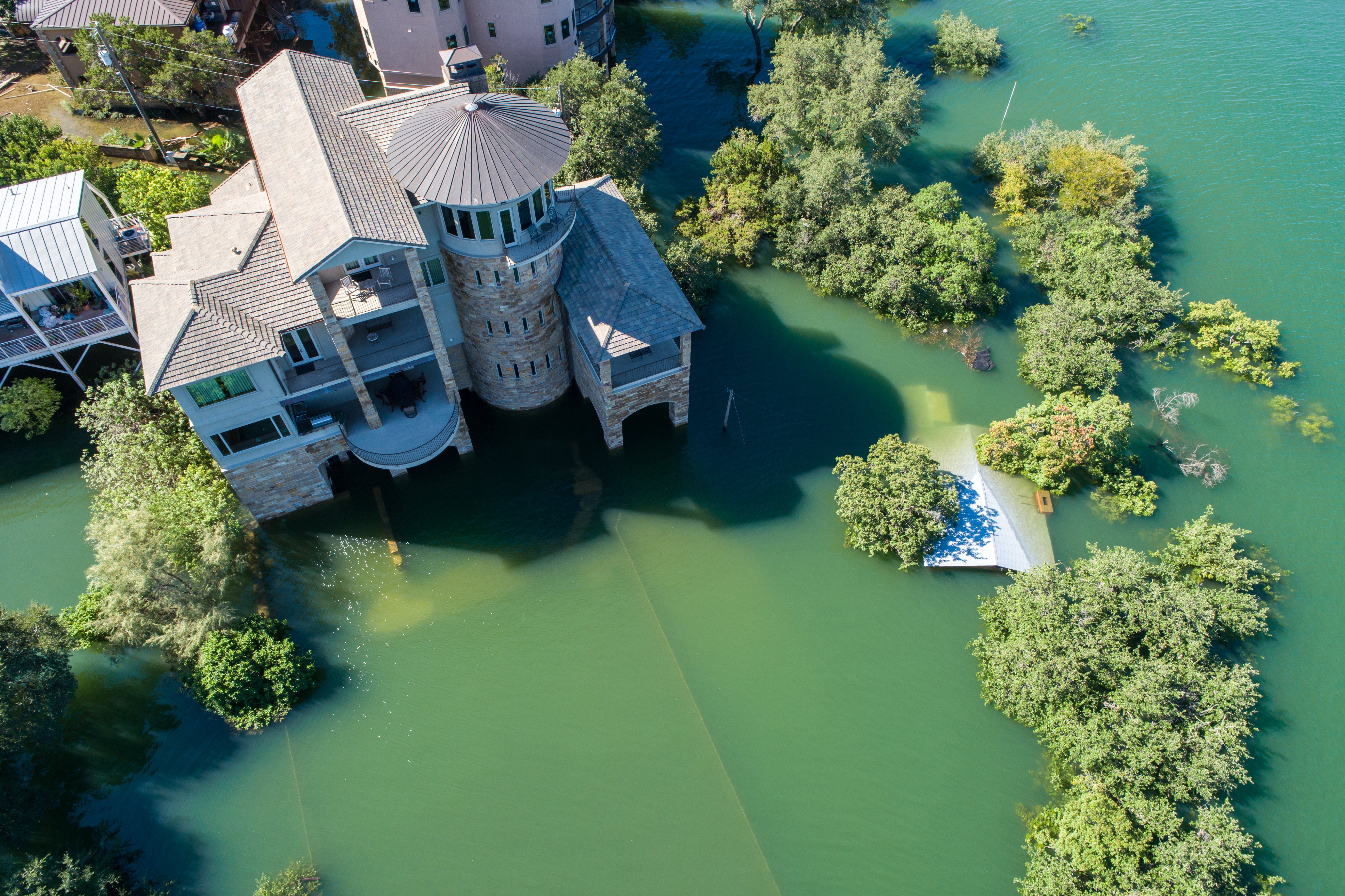The Changing Landscape of Extreme Weather

PURE Staff
April 15, 2024
The frequency and severity of extreme weather events—and the associated damage—continue to rise. 2023 was a historic year for extreme weather. According to the National Oceanic and Atmospheric Administration (NOAA), there were 28 confirmed climate disaster events in the U.S. that exceeded $1 billion in damages, breaking the previous record of 22 set in 2020. It was also the warmest year on record. The majority of the 28 events—19, in fact—were severe convective storms (SCS). The rest included four flooding events, two tropical cyclones, one drought, one wildfire and one winter storm.
These SCS have become an increasing concern for PURE and the insurance industry as a whole. Despite the headlines that major hurricanes and wildfires receive, SCS have been the costliest natural disaster for the membership over the years, and the frequency and severity continue to intensify. In 2023, PURE responded to 59 SCS, including a few that made the billion-dollar-event list. The result was more than $107 million in damage to the membership and more than 1,900 members’ lives disrupted by claims.
Costliest catastrophes to impact the membership in 2023
Winter storm in the Northeast, February
At the start of 2023, a winter storm brought heavy snow and freezing temperatures to Pennsylvania, New Jersey, New York and New England. The membership experienced 155 claims totaling more than $26 million in losses. Nearly 90% of those claims were related to burst pipes, including 13 large losses that drove about half of the cost.
Convective storm in the Midwest, April
This storm devastated several counties in Illinois and resulted in more than $12 million in covered losses among 161 members. Much of the damage was caused by hail or wind. The storm also brought heavy rain and flooding.
Wildfires in Hawaii, August
2023’s extreme weather also included the deadliest wildfire Hawaii has seen in over a century, with more than 100 fatalities and nearly 2,300 structures destroyed in Lahaina. All of our PURE members there are safe, thankfully, but 28 of them experienced losses and filed claims that totaled more than $27 million in damage. To date, this number continues to grow as our claims professionals continue to help impacted members through the rebuild process.
We cannot escape from natural catastrophe risk... Tokio Marine can no longer stay indifferent to what is happening around the world... We need to face the risk from the front.– Satoru Komiya, Chief Executive Officer of Tokio Marine Holdings Inc., in an interview with Financial Times
The increasing risk of flood
Flood zones are supposed to provide an indication of a home’s flood risk. However, a number of these maps, officially known as Flood Insurance Rate Maps and maintained by FEMA, haven’t been updated in decades. With climate change and rising sea levels, homes are more at risk of floods than people may realize. FEMA reports that 1 in 4 flood claims filed are by homeowners outside of what is considered a “high-risk flood zone” and that nearly every property has some risk of flooding, underscoring the importance of flood insurance no matter where you live.
Assessing risk: catastrophe modeling
To help ensure that we have a healthy and diverse portfolio, today and decades into the future, we exhaustively assess risk when making decisions about selection, pricing, aggregation and capital. We evaluate the losses from our claims history and marry that with our deep understanding of high net worth homes and how they perform during catastrophic events. We then use catastrophe models to fill in blind spots as weather patterns continue to change over time.
Catastrophe models statistically simulate tens of thousands of years of natural perils to quantify the probability of events, identify where they are likely to occur and estimate what the loss will be. "It can be hard to understand the impact of an intense hurricane before it strikes, but mitigating risk in advance has proven to be impactful," Tim Naegeli, Head of Catastrophe Modeling says.”
I have been proud to partner with our claims staff by using event footprints and modeling techniques to identify those areas most affected and ensure a swift response where needed most.– Tim Naegeli, Head of Catastrophe Modeling
Each quarter, we model hurricanes, earthquakes, winter storms, convective storms and wildfires. As a result, PURE continues to grow with the proper reinsurance to protect the membership in worst-case scenarios. It’s important to note that while catastrophe models are powerful tools, they can fall short when it comes to capturing the unique and resilient features of luxury homes.
With this knowledge, PURE carefully evaluates these predictions while balancing factors like the exceptional quality and construction of our members’ homes and our well-intentioned, responsible membership. We also make assessments on climate change annually and, while we cannot precisely predict the extent of its impact, we can say with certainty that home resiliency is becoming increasingly important.






